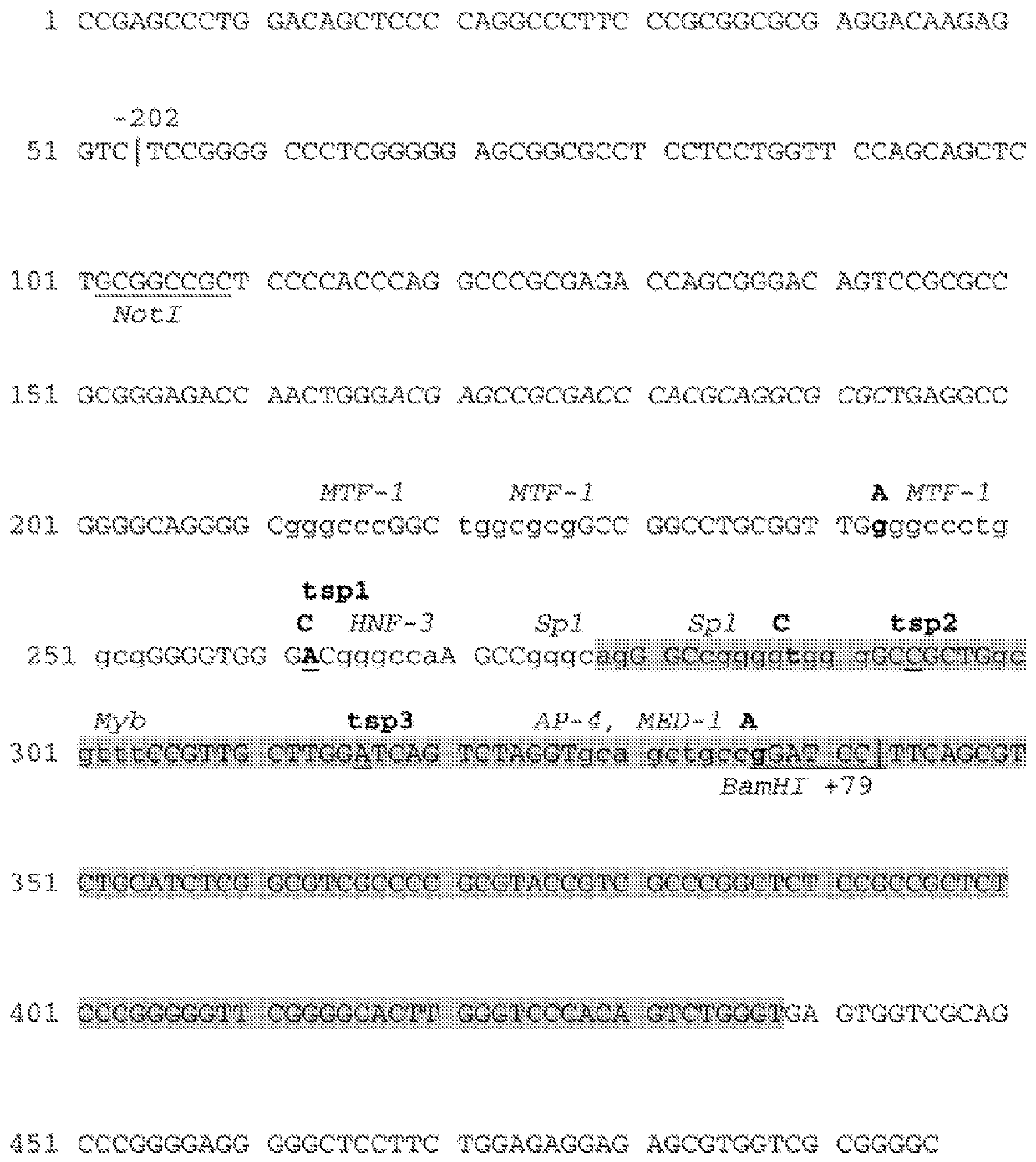Carrier status of annexin A5 M2 haplotype and obstetric risks
a carrier status and annexin technology, applied in the field of carrier status of annexin a5 m2 haplotype and obstetric risks, can solve the problems of increased minor bleeding, increased liver transaminase concentration, allergic reactions, etc., and achieves the reduction of reducing the rate of live birth, and reducing the risk of obstetric complications.
- Summary
- Abstract
- Description
- Claims
- Application Information
AI Technical Summary
Benefits of technology
Problems solved by technology
Method used
Image
Examples
example 1
Study Population
[0090]Study patients were recruited between March 2012 and February 2013 from patients attending five fertility clinics. Informed consent was obtained from all patients. During this period 314 patients (157 couples) presented with at least 1 previously failed IVF cycle (average 1.9 IVF and 0.2 IUI). A detailed clinical history was obtained and the genotyping for presence or absence of carriage of the M2 / ANXA5 haplotype, formed part of the diagnostic investigations for infertility. The mean age of females was 36.3 years (Range 23 to 49) and that of their male partners 38.6 years (Range 23 to 64). Average Body Mass Index of the females was 25.5 (range, 19 to 40.5) and that of their male partners was 33.7 (Range 21 to 36). The selection of patients for screening was based on their prior history and the patient's willingness to be tested, following the detailed nature of the study being provided to them at consultation. Female patients were screened for antiphospholipid ...
example 2
Collection of DNA and Determination of M2 Carrier Status
[0092]Deoxyribonucleic acid (DNA) was collected from couples either by a blood sample (the first cohort), with the remaining cohort undergoing buccal cell analysis on specific collection paper. Extensive laboratory tests were undertaken to ensure the transfer to buccal cell collection caused no deterioration in the quality of the data. DNA was extracted from white blood cells using QIAmp DNA blood mini kit (Qiagen GmbH, Hilden, Germany) or from elution off the collecting paper. PCR reactions were carried out on 100 ng of genomic DNA isolated from blood samples using the Qiamp blood mini kit or from purified collecting paper punches included in subsequent PCR reactions as template. PCR reactions were carried out using Biotaq Polymerase (Bioline. Bioline Reagents Limited, London, Great Britain) in a volume of 25 μl containing 10× NH4 Reaction Buffer: 160 mM (NH4)2SO4, 670 mM Tris-HCl (pH 8.8), 50 mM MgCl2 (final concentration 1.5...
example 3
Genotyping and Statistical Analysis
[0094]Patients who were heterozygous or homozygous carriers of the M2 / ANXA5 haplotype were recorded as affected hetero or homozygous carriers. Tests for deviations from Hardy-Weinberg were performed using the method of Guo and Thompson, 1992 (also used by Bogdanova et al 2007 and Rogenhofer et al 2012). We performed this test within the male and female groups considered separately and overall. We also tested excluding the individuals of non-UK ethnicity to see whether this affected the results.
[0095]To check whether the significant deviation from Hardy-Weinberg equilibrium (HWE) observed in the female subgroup could be attributed to chance we subsampled 155 individuals at random from the entire set (males and females combined) and estimated the p-value for deviation from HWE using the same method and recorded the p-value. We performed this procedure 1000 times, and of these only 3 p-values recorded were more extreme than those observed for the all-...
PUM
| Property | Measurement | Unit |
|---|---|---|
| time | aaaaa | aaaaa |
| time | aaaaa | aaaaa |
| time | aaaaa | aaaaa |
Abstract
Description
Claims
Application Information
 Login to View More
Login to View More - R&D
- Intellectual Property
- Life Sciences
- Materials
- Tech Scout
- Unparalleled Data Quality
- Higher Quality Content
- 60% Fewer Hallucinations
Browse by: Latest US Patents, China's latest patents, Technical Efficacy Thesaurus, Application Domain, Technology Topic, Popular Technical Reports.
© 2025 PatSnap. All rights reserved.Legal|Privacy policy|Modern Slavery Act Transparency Statement|Sitemap|About US| Contact US: help@patsnap.com

